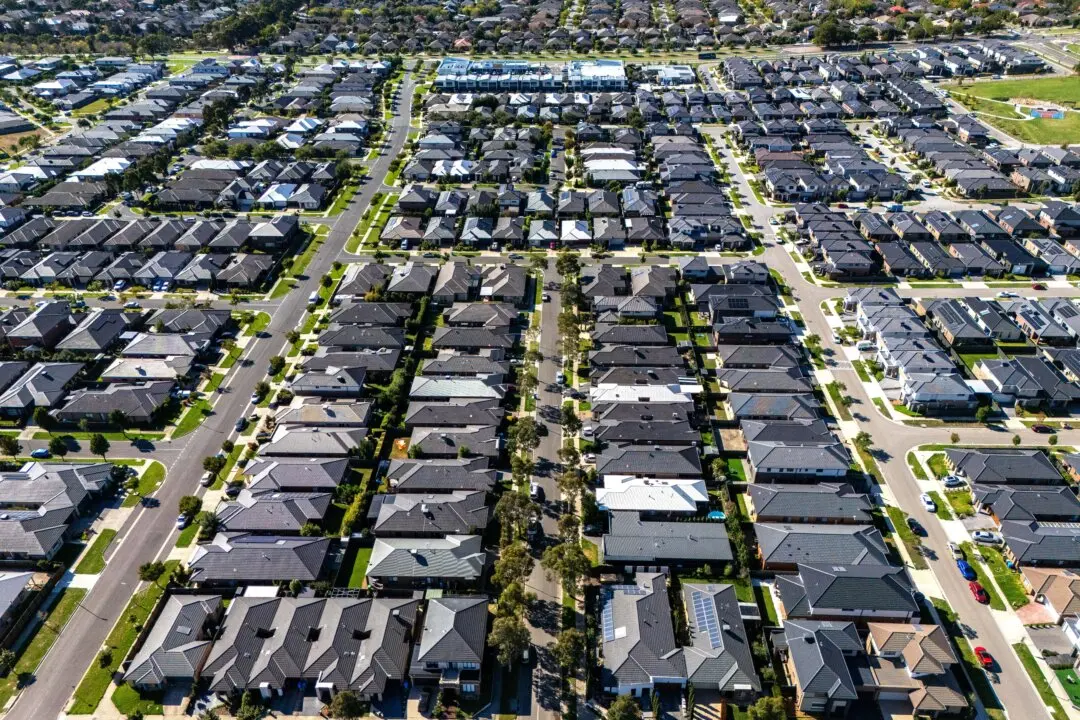The old saying that “there are no bad students, only bad teachers” is resonating across Australia’s classrooms.
A new Grattan Institute report has laid bare the cracks in how maths is being taught—just 13 percent of Year 4 students are excelling, a figure that pales in comparison to 22 percent in England and 49 percent in Singapore.
Teachers Unequipped, Students Left Behind
A nationwide survey of over 1,700 teachers and school leaders found many educators lack the confidence or training to teach even Year 6-level maths effectively.Concerns about colleagues’ capabilities were widespread, and the report slammed decades of policy drift that allowed unproven and “faddish” teaching methods to take root.
“Most primary teachers are expected to teach maths, but not all have the knowledge, confidence or support to do it well,” the report said. “This isn’t fair on students—or on teachers.”
Meanwhile, international benchmarking tells a similar story.
According to the 2023 TIMSS study, Australian Year 8 students scored an average of 509 in maths—ahead of countries like the United States and UAE, but lagging behind Singapore, England, and others.
Only 11 percent of Year 8 students in Australia were top performers, compared to 46 percent in Singapore.
Experts Call for ‘Maths Guarantee’
Experts say there’s a clear path to lift Australia’s maths outcomes, and it starts with ambitious but achievable reform.The Grattan Institute is urging governments and school sectors to adopt a 10-year “Maths Guarantee” strategy.
This includes a goal for 90 percent of students to reach numeracy proficiency, backed by better teacher training, high-quality curriculum materials, and clear guidance on effective instruction.
Schools would also be equipped with better assessments and early numeracy screening tools.
An investment of $67 (US$42) per primary student per year could have a transformational payoff, the report said.
At the same time, the Albanese government is rolling out a $16.5 billion public school funding boost.
In line with the Gonski review, federal funding will rise to 25 percent of the Schooling Resource Standard by 2034 across most states, and to 40 percent for the Northern Territory by 2029.
This funding will now be tied to reforms like phonics and numeracy checks in Year 1, small-group tutoring, increased mental health support, and better teacher education.
Targets include lifting Year 12 completion rates, reducing NAPLAN learning gaps, and boosting student attendance and performance.
Education Minister Jason Clare says the goal is simple, “To ensure every child, no matter where they live or what their background, gets the education they need to thrive.”







